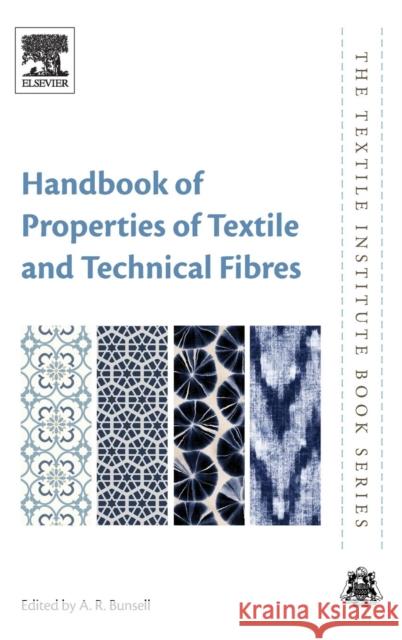Handbook of Properties of Textile and Technical Fibres » książka
topmenu
Handbook of Properties of Textile and Technical Fibres
ISBN-13: 9780081012727 / Angielski / Twarda / 2018 / 1052 str.
Kategorie:
Kategorie BISAC:
Wydawca:
Woodhead Publishing
Seria wydawnicza:
Język:
Angielski
ISBN-13:
9780081012727
Rok wydania:
2018
Numer serii:
000808671
Ilość stron:
1052
Waga:
1.55 kg
Wymiary:
22.91 x 15.19 x 5.41
Oprawa:
Twarda
Wolumenów:
01
Dodatkowe informacje:
Bibliografia











